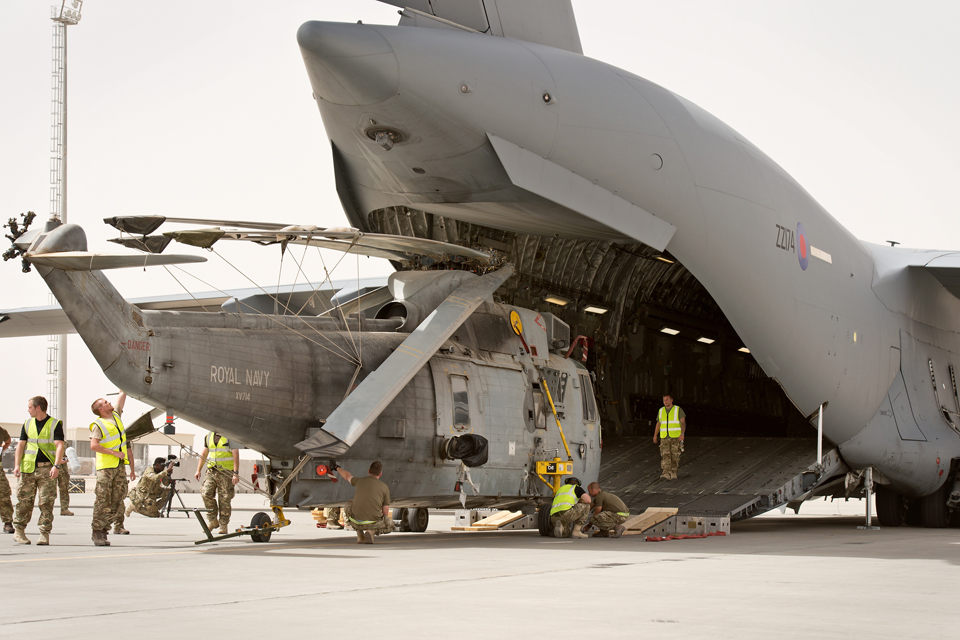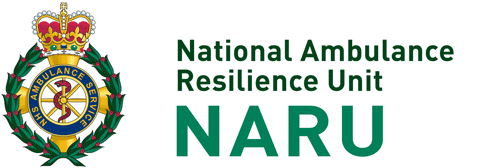The Defence Secretary Michael Fallon has praised the Royal Navy’s professionalism after witnessing the advanced sea training which prepares British, allied and partner warships for operations.
Mr Fallon flew today, 24 July, to the Royal Navy’s newest Type 45 destroyer HMS Duncan in the English Channel near Plymouth, from where he observed the rigorous training ships’ companies go through.
The intense training simulates flood and fire emergencies, as well as air attacks from fast jets and submarine and missile engagements. It also tests each crew’s ability to deal with the pressure surrounding a series of potential setbacks.
Escorted by Rear Admiral Ben Key, Flag Officer Sea Training, Mr Fallon also witnessed ‘action messing’, the emergency distribution of meals in the ship’s mess, which was used to feed hundreds of British citizens for real during the evacuations from Libya in 2011.

Michael Fallon said:
It is has been deeply impressive to witness the professional and intense training that takes place here to prepare the Royal Navy for operations around the world.
It has been a pleasure to see the Type 45 destroyer class in action, which along with the Queen Elizabeth Class aircraft carriers shows we have world-leading maritime capability.
His visit coincided with a milestone for Royal Navy operations. In Camp Bastion, Sea King helicopter crew members from 854 Naval Air Squadron witnessed the lowering of a White Ensign, marking the final contribution of the last fully-formed Royal Naval unit on operations in Afghanistan.
The Defence Secretary said:
I am pleased to be able to pay tribute to the contribution made by 854 Naval Air Squadron, which has played an essential role in supporting troops on the ground in Afghanistan.
The squadron, along with 857 Naval Air Squadron, and supported by 849 Naval Air Squadron in the UK, played a vital role flying Sea King airborne surveillance and control (SKASaC) aircraft for more than 9,000 hours over 2,000 sorties to support troops on the ground as part of 903 Expeditionary Air Wing.

The Royal Navy’s First Sea Lord, Admiral Sir George Zambellas, said:
The contribution of the SKASaC force over 5 years has been magnificent, taking the fight to a determined enemy in a vastly unfamiliar environment. Their vital work saved many lives and proved the value of the aircraft over land.
As well as the Fleet Air Arm, thousands of members of the Royal Navy and Royal Marines have previously served in Afghanistan in support of Operation Herrick.
During Herrick 5 in 2006 and 2007 and Herrick 9 in 2008 and 2009, 3 Commando Brigade Royal Marines headquarters, 42 Commando and 45 Commando were deployed. At those times Royal Navy personnel and Royal Marines made up around 40% of UK troops.
Individuals from the Royal Navy and Royal Marines will continue to serve in Afghanistan until the conclusion of combat operations by the end of the year.
